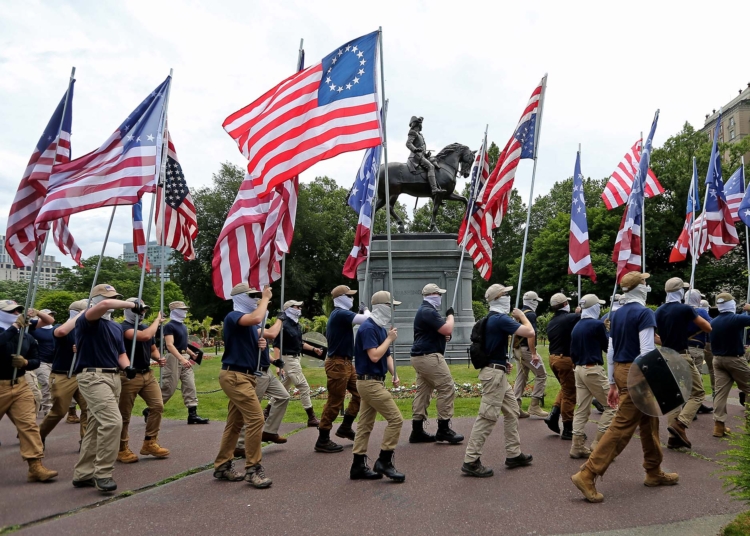Military imagery has long been a popular theme in pop culture, used to convey themes of power, strength, and patriotism. From movies and music to fashion and art, the use of military imagery is widespread in modern society. While traditionally used to evoke feelings of national pride, there has been a recent shift towards using military imagery as a form of protest against war and violence. Artists and creators are now incorporating military imagery in a more critical and thought-provoking way, challenging viewers to think deeper about the consequences of war and the impact it has on individuals and communities. This shift reflects a growing awareness of social and political issues and the desire to inspire change through artistic expression.
Military imagery has long been a popular theme in pop culture, often used to convey themes of power, strength, and patriotism. From movies and television shows to music and fashion, the use of military imagery is prevalent in many aspects of modern society. However, in recent years, there has been a shift in how military imagery is portrayed, with many artists and creators using it as a form of protest against war and violence.
Patriotic Themes
One of the most common uses of military imagery in pop culture is to convey themes of patriotism and national pride. This can be seen in a wide range of media, from action movies like “Top Gun” and “American Sniper” to songs like Toby Keith’s “Courtesy of the Red, White, and Blue.” These forms of media often portray the military in a positive light, highlighting the bravery and sacrifice of those who serve in the armed forces.
In addition to movies and music, military imagery is also used in fashion, with many brands incorporating camouflage patterns and military-inspired designs into their clothing lines. This can be seen as a way for individuals to show their support for the military and express their patriotic values.
Protest Themes
While military imagery has traditionally been used to evoke feelings of national pride, there has been a growing trend in pop culture towards using it as a form of protest. In recent years, many artists and creators have taken a stand against war and violence by incorporating military imagery into their work in a more critical and thought-provoking way.
For example, the artist Banksy often incorporates military imagery into his street art as a way to critique the actions of the military and political leaders. His work challenges viewers to think more deeply about the consequences of war and the impact it has on individuals and communities.
Similarly, musicians like Rage Against the Machine and System of a Down have used military imagery in their music to protest against war and social injustice. Their songs often feature lyrics that critique government policies and call for peace and equality.
In addition to music and art, military imagery is also used in fashion to make a political statement. For example, the designer Katharine Hamnett is known for incorporating political slogans and symbols into her clothing, including anti-war messages and references to military actions.
The Shift in Military Imagery
The use of military imagery in pop culture is constantly evolving, with artists and creators finding new ways to explore and challenge traditional themes. While patriotic portrayals of the military are still prevalent, there has been a noticeable shift towards using military imagery as a form of protest and critique.
This shift reflects a growing awareness of the impact of war and violence on individuals and communities, as well as a desire to speak out against injustice and oppression. By using military imagery in a more critical and thought-provoking way, artists and creators are able to engage with important social and political issues and inspire viewers to take action.
In conclusion, the use of military imagery in pop culture is a complex and multifaceted phenomenon, with artists and creators drawing on its power and symbolism to convey a wide range of messages. While military imagery can be used to evoke feelings of patriotism and national pride, it can also be used as a form of protest and critique. By exploring the ways in which military imagery is used in pop culture, we can gain a deeper understanding of the role it plays in shaping our perceptions of war, violence, and society as a whole.













